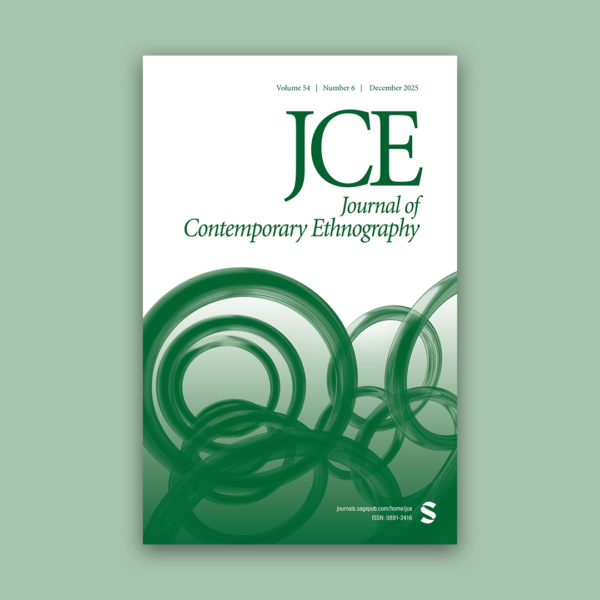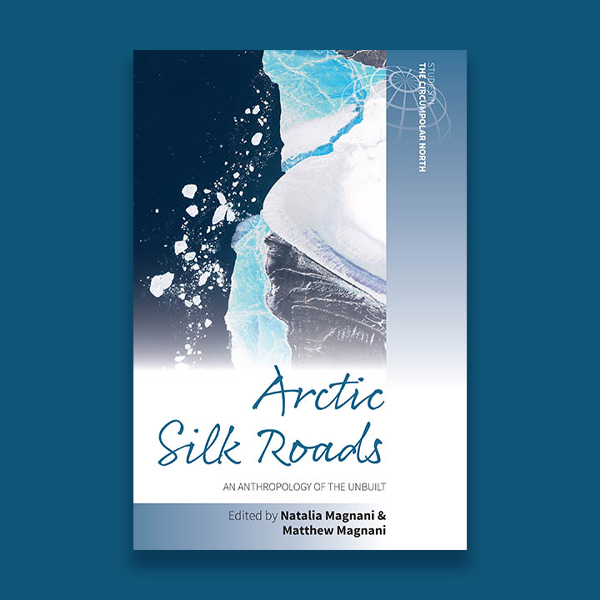March 16, 2022: Article by Peter Schweitzer & Olga Povoroznyuk in “Journal of Environmental Policy & Planning”
The town of Tiksi came into being in the 1930s, when the Soviet Union intensified its efforts to industrialize the Arctic. A critical element of that policy was to make the Northern Sea Route a viable Arctic shipping lane and Tiksi, located where the Lena River meets the Arctic Ocean, became an important transportation hub on that route. Post-Soviet transformations led to a rapid decline in population numbers and economic significance of the town, while climate change opened up new opportunities for shipping and mammoth tusk collecting. Today, the situation seems to have stabilized but the promises of a bright future pronounced in strategic papers by the government are yet to be realized. The article explores the socio-economic, infrastructural and environmental changes of recent decades in order to explore future development prospects for Tiksi. The infrastructural legacies of the Soviet past, combined with the environmental conditions of the region, result in the intertwined material dependencies of built and natural environments. Still, these material dependencies are neither straitjackets nor unchangeable. It is the interplay between global climate change, national policies, and local initiative that will challenge the material dependencies of the past and present.
Published in Journal of Environmental Policy & Planning, March 16, 2022
Article as PDF

News
Dec 2025: Forthcoming Special Issue of the Journal of Contemporary Ethnography
The forthcoming special issue “Ethnographies of Infrastructure” of the Journal of Contemporary Ethnography, guest edited by Philipp Budka, Peter Schweitzer, and Olga Povoroznyuk, is progressively being made available online ahead of the print edition, which will appear in February 2026. The introduction, authored by Schweitzer, Povoroznyuk, and Budka, is now available open-access. It presents the […]

News
Dec 2025: Article by Peter Schweitzer, et al. in the Journal of Contemporary Ethnography
The Journal of Contemporary Ethnography has recently published the article “Scenarios and Ethnography: Infrastructural Futures as Windows into the Present” by Peter Schweitzer, Olga Povoroznyuk, Philipp Budka, Alexandra Meyer, Katrin Schmid, and Nikita Strelkovskii. This article reflects on two scenario workshops conducted in 2023 in Kirkenes, Norway, and Churchill, Canada, as part of the ERC […]

News
Dec 2025: Article by Katrin Schmid in the Journal of Contemporary Ethnography
The Journal of Contemporary Ethnography has published the article “Amazon in the Arctic: E-Commerce, Infrastructure, and Alimentary Assemblages in Nunavut, Canada” by InfraNorth researcher Katrin Schmid. Since establishing a delivery hub in Iqaluit, Nunavut in 2020, Amazon.com, Inc. has become an essential resource for many Nunavut residents, providing affordable access to goods otherwise constrained by […]

News
Dec 2025: Article by Olga Povoroznyuk in the Journal of Contemporary Ethnography
The Journal of Contemporary Ethnography recently published the article “Toward a Comparative Ethnography of Arctic Seaports Projects: Local Impacts of Expanding Maritime Infrastructure in Alaska, Norway, and Russia” by InfraNorth researcher Olga Povoroznyuk. In this article, the author’s comparative ethnography focuses on suspended seaport expansion projects in three Arctic coastal communities: Nome (USA), Kirkenes (Norway), […]


